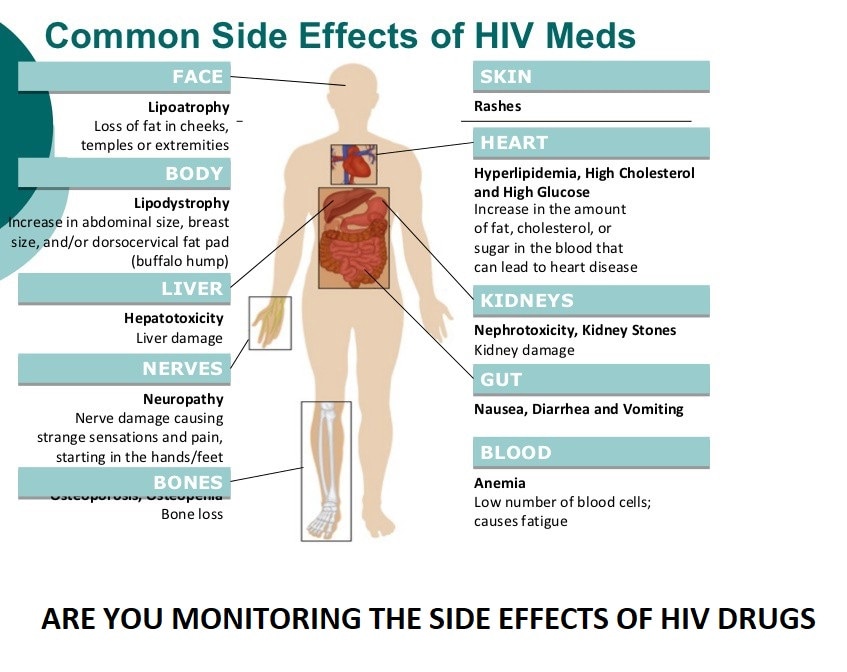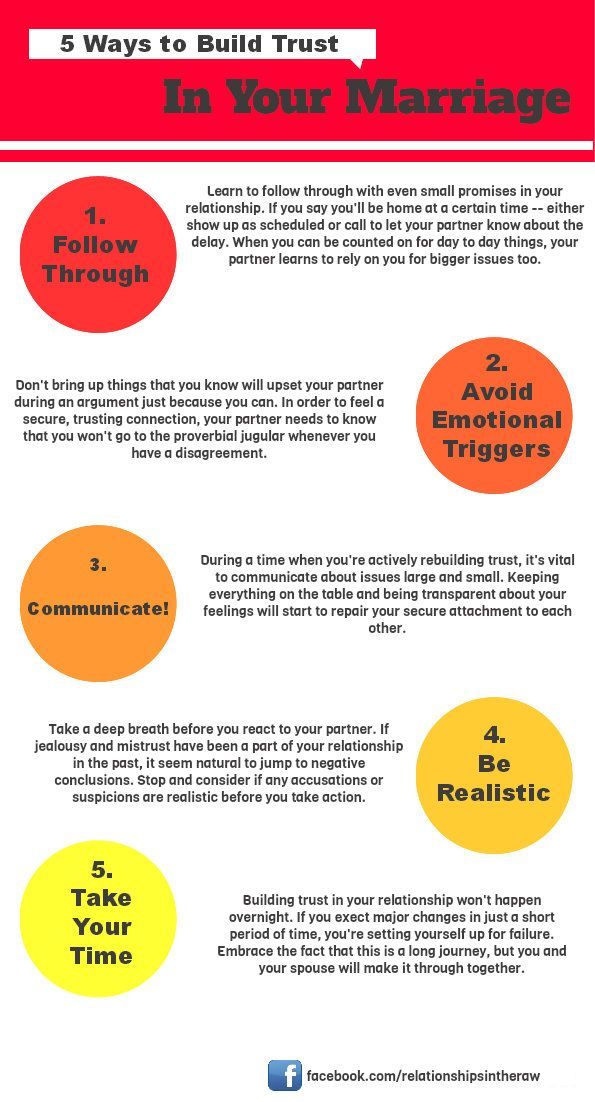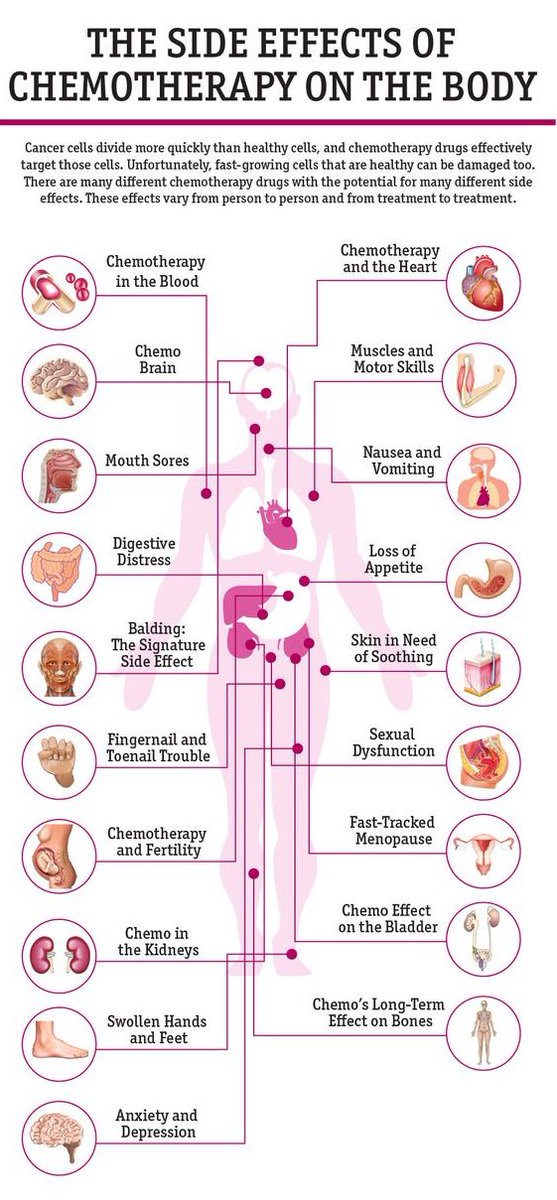Loved ones memory
8 Touching Ways to Keep a Loved One’s Memory Alive
Life
Creating keepsakes from clothing. Keeping a beloved tradition alive. Here are some suggestions for keeping a loved one's memory strong after they've passed.
by Jeremy Brown
David Eagleman, the neuroscientist and author, observes that there are three deaths. The first is when the body ceases to function. The second comes when the body is buried. The third comes somewhere down the line when your name is spoken for the last time.
It’s this last death that we, as the ones left behind, have to work to stave off. When a loved one dies, we can be left with a feeling of powerlessness and an uncertainty of how to go on. It’s natural, but also incredibly difficult. But that’s where we can go to work on preventing that third death from ever taking place. Honoring the deceased person’s memory is a way for us to take control of our grief and turn it into something positive.
“When you look at the psychology behind grief, what it is is that we’re losing a part of ourselves,” says Dr. Jada Jackson Hill, Ed.D, LMHC, NCC, a Nationally Certified Counselor, Licensed Mental Health Counselor, and VP of Care Management at Listeners On Call. “And so when we are engaging in moments of memorializing a loved one, it means that we’re allowing ourselves to heal and accept the idea that life is not going to be the same.” While life isn’t going to be the same, Dr. Jada notes that we can do our best to honor the deceased in little moments and finding time to remember them. And taking steps to honor them is a way to ensure that the person is never really gone. “When we memorialize someone, it’s really keeping them continually alive,” she says, “But not only in our own memory, but also in the memory of our community.” So what can you and your family do to keep a loved one’s memories alive? Here are eight suggestions that will help you through the grieving process.
 Give Back in Their Name
Give Back in Their NameThere are a number of ways you can establish a grant or a charity that helps others in the name of your loved one. Find something that they were passionate about and come up with a way to create something charitable that ensures that, year after year, their memory will stay vibrant in the community. “Creating a charity is a great way to honor your loved one,” says Amy Morin, a licensed psychotherapist and the Editor-in-Chief of Verywell Mind. “It doesn’t have to be big. You might simply hand out a small scholarship in your loved one’s name. You might even host a fundraiser each year with friends and family to collect the money.”
2. Prepare Their Favorite FoodFood is always a great way to bond with someone, and it is an excellent way to keep someone’s memory alive. Whether it’s learning to recreate their favorite holiday recipe, or simply enjoying their favorite candy once in a while, indulging in the same food that your loved one enjoyed is a powerful form of connection — and an easy way to talk about them with your family and friends.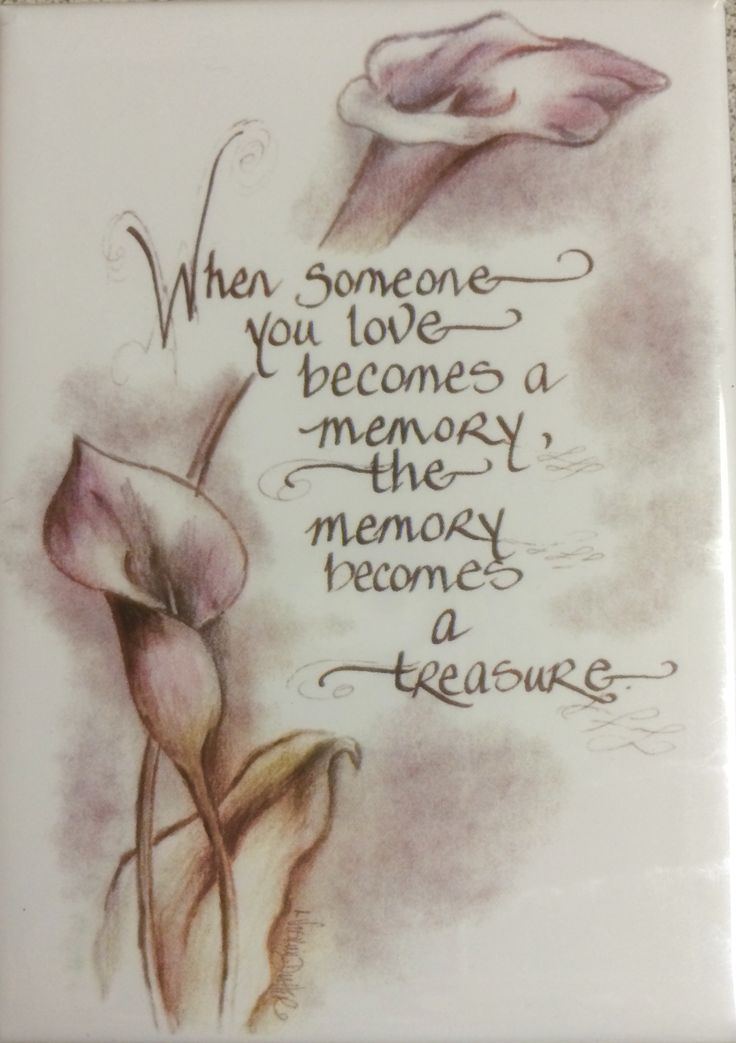 “Whether your loved one enjoyed pizza or they really liked Grandma’s roasted potatoes, decide to eat their favorite foods once in a while,” says Morin. “You might sit down with friends and family and eat together or you can simply do this on your own.”
“Whether your loved one enjoyed pizza or they really liked Grandma’s roasted potatoes, decide to eat their favorite foods once in a while,” says Morin. “You might sit down with friends and family and eat together or you can simply do this on your own.”
When you suffer a loss, it’s easy to feel isolated. It’s essential, then, to remember that you’re not the only one who’s grieving, and it can be a great thing to take the time to get together with other people who are experiencing the same loss. You and your family can share memories, tell stories, and just communally remember your loved one — chances are you’ll learn about another side of them, too. “Getting together with others who had a relationship with your loved one can be helpful,” Morin says. “But rather than just sit and talk, you might find it helpful to plan an adventure together. Play the person’s favorite sport or have a picnic in the park.” The more personal, the better.
4.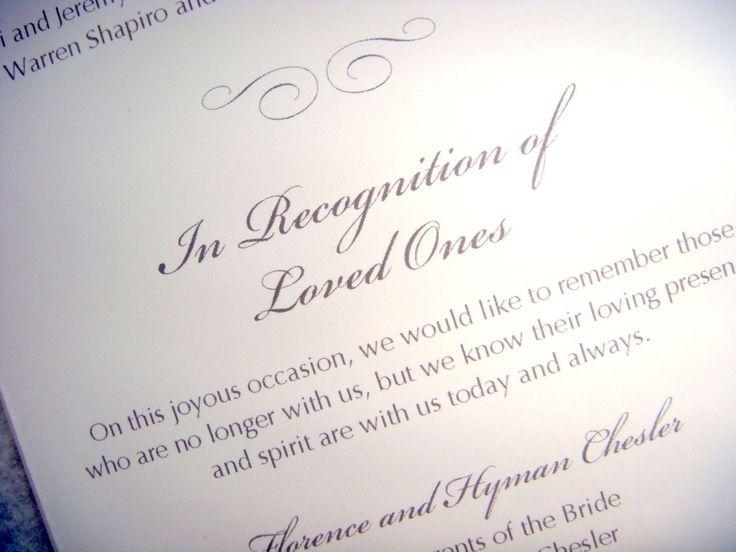 Create a Keepsake
Create a KeepsakeWhen a loved one passes away, often we are left not only with their memories, but closets and drawers full of their clothes. It can be difficult to part with these items, as they are a tangible connection to that person. Consider taking their favorite shirts or other articles of clothing and turning them into something you can use around the house: Napkins, pillows, patchwork quilts. Morin notes that there are plenty of services now that tackle this, too. One of our favorites is The Fabrics of Life, which can turn old clothes into everything from stuffed animals and shawls to blankets and bears.
5. Carry on a Tradition.The annual summer pig roast. Two-hand touch at Thanksgiving. Getting everyone together for playoff baseball. Traditions are crucial to the fabric of a family, and to keeping memories alive — especially for kids. Think of a tradition you shared with your loved one and do your best to keep it going with family and friends. “It might be something small like always eating wings while watching football. It might be something big, like camping every summer,” says Morin. “Carry on that tradition in their honor.”
“It might be something small like always eating wings while watching football. It might be something big, like camping every summer,” says Morin. “Carry on that tradition in their honor.”
It can be elaborate, such as a photo collage, or something simple like a collection of a few personal items together in one place. Whatever you do, creating a small memorial in your home is a way for you to pause and remember them each day. Dr. Jada recalled a friend who lived in Los Angeles and put together one for her grandmother in her Hollywood apartment. “There were little trinkets there, a bracelet, some pictures and other memorabilia that was important to her,” she said. “And it gave her a sense of groundedness, which is what we’re looking for when we’re feeling numb and detached.”
7. Put Together a VideoWe live in a technologically-rich age, and the means to put together a top-shelf memorial video is available right on our phones. Gather pictures, video, music and other bits of memorabilia and put them together in a video that you can share with friends and family and revisit every few months or yearly.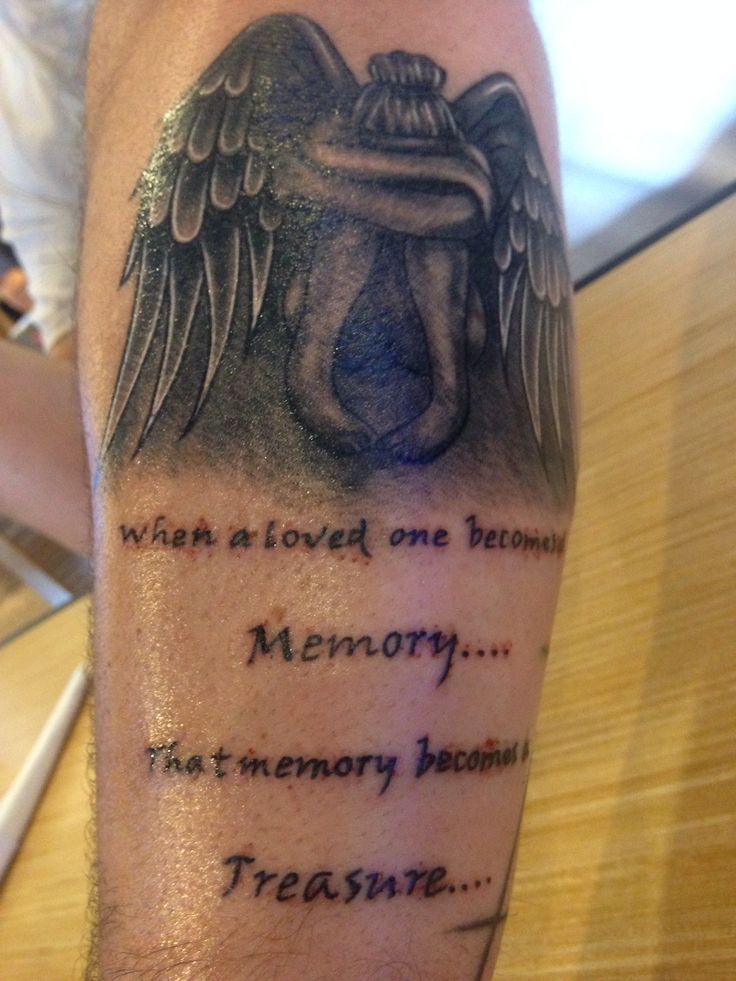 This will become even more valuable as the years go on and we start to forget little things like how their voice sounds. “It’s a way to remember when the memories begin to fade, because that’s a huge part of the psychology of grieving and memorializing as well,” says Dr. Jada. “Our brains eventually suck memories away and it’s hard to recall those memories. This is a way to say, ‘Hey, I have this video, or I have something digital to hold onto and revisit.”
This will become even more valuable as the years go on and we start to forget little things like how their voice sounds. “It’s a way to remember when the memories begin to fade, because that’s a huge part of the psychology of grieving and memorializing as well,” says Dr. Jada. “Our brains eventually suck memories away and it’s hard to recall those memories. This is a way to say, ‘Hey, I have this video, or I have something digital to hold onto and revisit.”
Every year, when your loved one’s birthday comes around, gather with friends and family, and take some time to have a drink or share a meal in memoriam. Keeping that sense of connection between those of you who have felt the loss is a good way to share your grief and also collectively celebrate your loved one’s memory. “Connectivity is so fundamental to our needs,” says Dr. Jada. “It’s a basic fundamental need for us to be able to connect and to reach out and grieving collectively is something that one can do to keep a loved one’s married memory alive.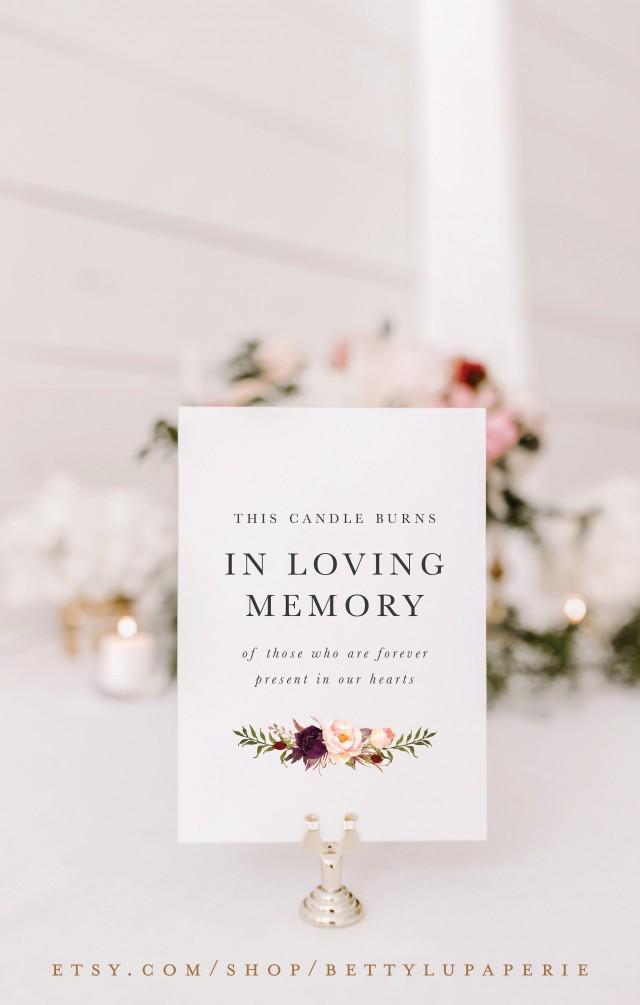 ”
”
Memory of Loved One - Etsy.de
Etsy is no longer supporting older versions of your web browser in order to ensure that user data remains secure. Please update to the latest version.
Take full advantage of our site features by enabling JavaScript.
Find something memorable, join a community doing good.
( 1,000+ relevant results, with Ads Sellers looking to grow their business and reach more interested buyers can use Etsy’s advertising platform to promote their items. You’ll see ad results based on factors like relevancy, and the amount sellers pay per click. Learn more. )
Things in memory of loved ones
Veronika Netsova
read stories
Author profile
Sometimes you want to at least mentally return to the past.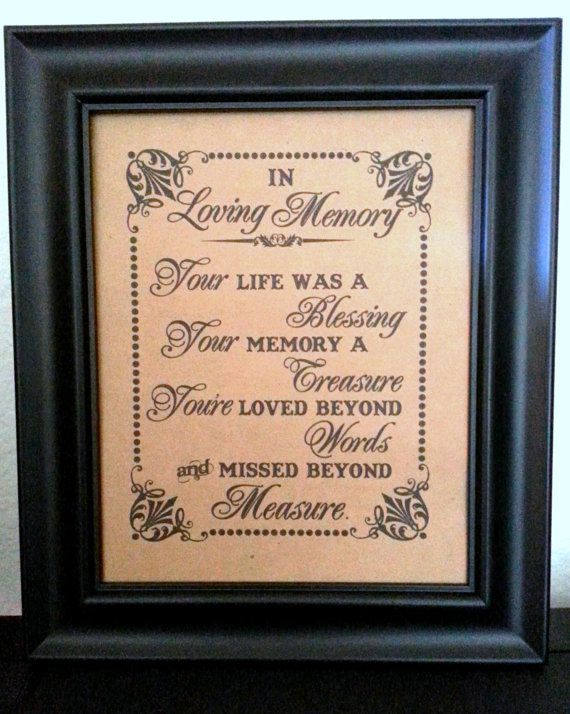
Someone keeps a ticket to a concert of their favorite artist, someone keeps posters and stickers. Many things dear to the heart are inherited. Readers of Tinkoff Magazine have already talked about finds in old apartments that were useful to them, and shared surprises when housing was decluttered. The turn of things that they kept in memory of their loved ones came.
These are comments from Community readers. Collected into one material, carefully edited and formatted according to editorial standards.
Embroidery
Yulia Shershneva
wants to learn how to embroider
Several things remind me of my loved ones at once. Great-grandmother embroidered with satin stitch very beautifully, and from her remained the unfinished painting "Morning in a Pine Forest" - Shishkin's plot, transferred to fabric and embroidered with silk threads.
She also knitted very well and could count the pattern of any complexity on clothes and draw a diagram by eye.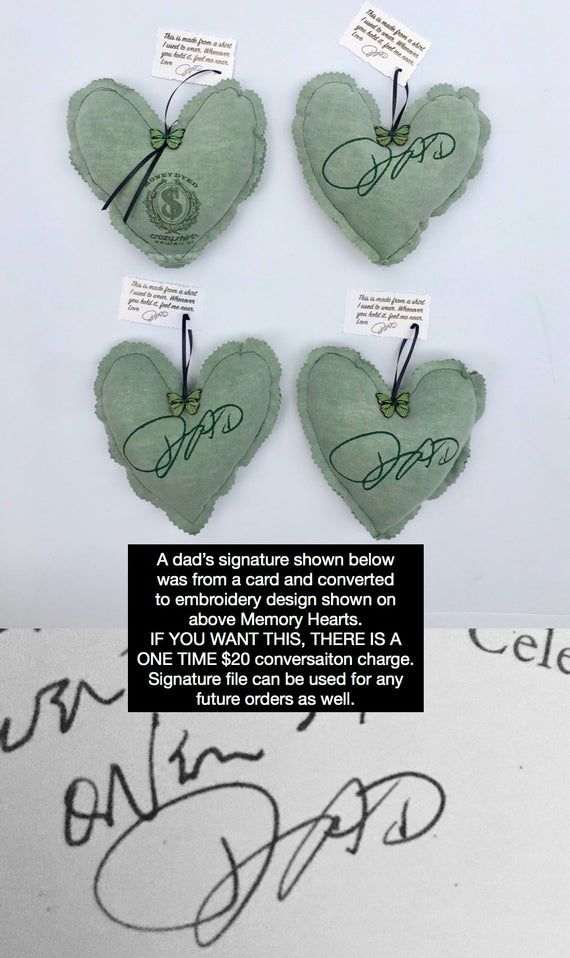 For example, just by seeing a woman in a beautiful sweater on a tram, a great-grandmother could come home and knit the same one for herself.
For example, just by seeing a woman in a beautiful sweater on a tram, a great-grandmother could come home and knit the same one for herself.
Anastasia Ko
inherited talents
In my house, a painting embroidered with a cross by my great-grandmother stands in a place of honor. Format approximately A3, from two sewn pieces of fabric. In the picture there is a guy in a hat and with a huge basket of flowers. I can imagine how difficult embroidery was in those days: there are no patterns, no large selection of threads at every corner. This is a real painting "from the head".
I found embroidery by accident, after my mother's death. She kept the picture in a bag on the shelves. I remember when I was picking up the already carefully washed beauty from the framing workshop, the visitor made a remark to me - they say, I could smooth the embroidery better. And she almost fell apart on her hands from old age, so I neglected aesthetics for the sake of preservation.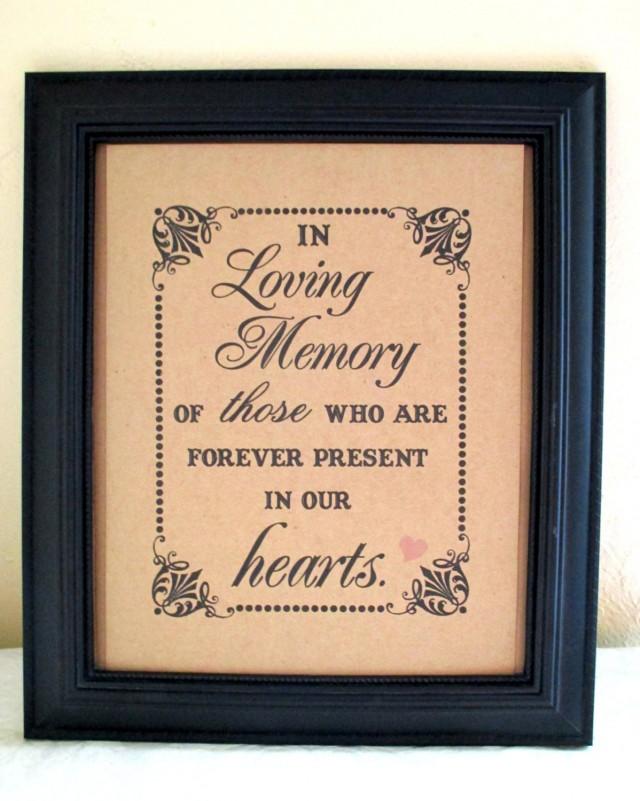
/ Craft-album /
11 hobbies, which will allow you to try new and earn
,By the way, love for needlework and especially the cross was transmitted to me :)
Paints
Sergey Martynov
Bares family relics
something that is really memorable and does not take up much space. Documents, photos, letters, awards and all that. Of the large things, there is a picture - my grandfather was an amateur artist.
Aglaya Voronova
hung pictures on the wall
I was very lucky: there were pictures in my grandparents' favorite apartment. Beautiful, well written. And these paintings fit perfectly into the modern interior and, most importantly, carry the memory of my ancestors.
Jewelery
Yuliya Shershneva
wears grandmother's beads
There are a few beads left from my grandmother - some are more modern, we once gave them to her for her birthday, and now I wear them periodically. When I was little, my grandmother had a round wicker box where brooches, earrings, beads were kept. I loved looking at them.
When I was little, my grandmother had a round wicker box where brooches, earrings, beads were kept. I loved looking at them.
After my grandmother passed away, I wanted to take the box for myself, but it turned out to be half empty. I don't know what happened. She has been very ill lately - perhaps she gave beads to friends and medical workers. Grandma could do that, she always wanted to somehow thank people.
/goldjewelry/
How I sold unnecessary gold jewelry at Avito
Yulianna
doesn’t throw away my mother’s things things…
Aglaya Voronova
inherited jewelry
I got a locket from my grandmother, I often wear it.
Toys
Yulia Shershneva
takes care of a plush toy
My brother left a plush white hare — I remember how he brought it to me in a round gift box for the New Year and how cute a plush ear stuck out from there. Just a couple of months later, my brother died in an accident, and his friends came to the wake.
Just a couple of months later, my brother died in an accident, and his friends came to the wake.
We recalled funny moments from his life, and from conversations I realized that he was either going to give this hare, or gave it to a girl, but she returned the gift. Well, on the other hand, I got it and turned out to be much more needed :) I was very happy with the toy then.
Photos and other personal items
Anna
theatergoer
After the death of my father and grandmother, many things remained. It's a pity there was no time to sort, sort. A lot of things were simply carried away and put near the trash can, everything was sorted out pretty quickly. She left herself only theater binoculars of who knows what year, albums, a cookbook from the 30s and a crystal damask. But I took my father's uniform from the time of service in the navy to the museum - they accepted and even gave tickets for free for this.
Natalie Los
treasures photographs
I have a lot left of my grandmothers, but almost nothing of my great-grandmothers who were born at the end of the 19th century.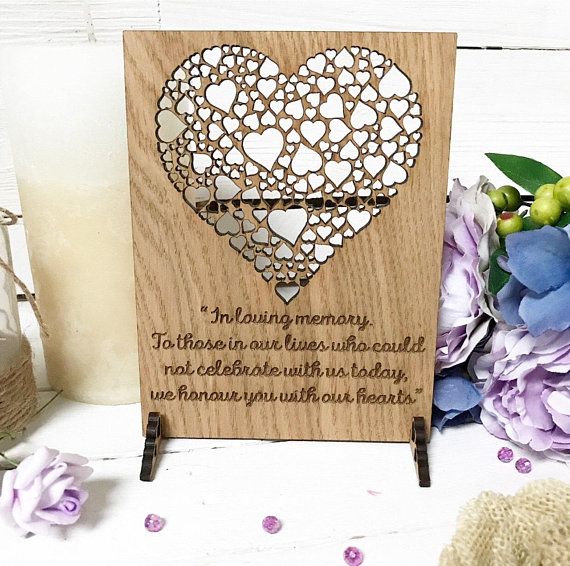 But they lived very poorly, and did not consider many things of value. From one grandmother, there were pre-revolutionary photographs and some dishes. Memory!
But they lived very poorly, and did not consider many things of value. From one grandmother, there were pre-revolutionary photographs and some dishes. Memory!
I am trying to donate some of my family's things to the museum. The books signed to my grandfather were taken. And they took something to the private museum of the USSR. The main thing for me is that things do not end up in the trash, this is memory.
/rashlam/
How we messed up the apartment that we inherited
Mityai
compares time with eternity
After my grandfather left, I kept his watch.
Crockery
Victoria Voropaeva
receives guests
I keep old dishes. Not all, of course, but only beautiful and valuable. Two old dishes fell from a relative. They are rectangular, with a gold border and curly edges. More - for a goose, less - for a duck. I use it for large feasts with my family.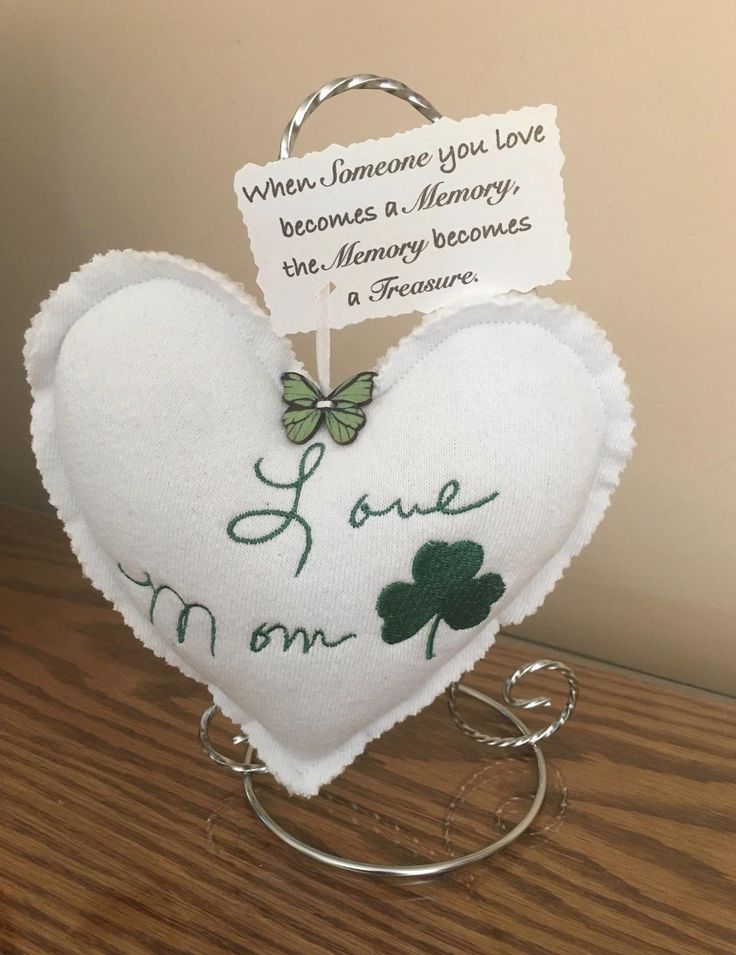
Patrick Patrick
drinking tea from vintage dishes
I took some of the literature for myself - old books occupy a couple of shelves on the whatnot. As well as cupronickel cutlery and dishes - a tea pair and a milk jug from the grandmother's service remained, great-grandfather's table was more preserved. In general, a lot of things. And I use everything, for beauty, only an old coffee grinder is worth it.
Ancient household items
Vanessa Semyonovna
regrets the past
Most of all, I regret that when they dismantled the wooden house of my grandfather and grandmother born in 1904 and 1907, I did not guess in my then young years to save home belongings. The loom, the crown, the rolls, the spinning wheels, the bobbins, the platbands, the valances, the embroidered towels, the chests, the chests, the tubs—everything was burned or thrown away.
There is a spinning wheel with elements of a hundred-year-old house painting. I am seriously considering how to fit it into the interior of a city apartment for the future. It still hurts, but I remember with childish eyes all these wooden things - this is history, family, Home.
I am seriously considering how to fit it into the interior of a city apartment for the future. It still hurts, but I remember with childish eyes all these wooden things - this is history, family, Home.
/kuda-det-hlam/
“Old sofa announcement made a splash”: 6 ways to get rid of unnecessary things
When you live near and inside all this, it does not seem to be something unique. So, old pieces of wood, already unnecessary, irrelevant. Only at a distance - years and experience - do you understand the value. This is how the villagers calmly perceive the slaughter of livestock: this is meat, not cow-birds, usu-shu. So here too. The time was a little different.
Sergey Martynov
found a use for things
I keep a mirror in a frame from the 1920s, and maybe even earlier. There are also items of pre-war kitchen utensils. But all this is used for its intended purpose, and not lying around in the pantry or in the country house in the barn.
Yulianna
hasn't figured out what to do yet
After my grandmother's death, her property was never dismantled. I know about a spinning wheel, a sewing machine, an accordion, and a huge chest of church—or maybe not really—books.
Did you also fit old things into the interior? Tell and show what you did
Tell
Memory impaired
Memory impaired
Memory disorders are one of the manifestations of dementia.
Dementia (acquired dementia) is a disease caused by organic damage to the brain. Dementia is characterized by persistent disorders of the intellect (memory, thinking), emotional disturbances and a decrease in volitional qualities. The diagnosis is established on the basis of clinical criteria and instrumental studies (CT, MRI of the brain). The causes of dementia in the elderly are most often vascular diseases (hypertension, strokes, cerebral atherosclerosis) and atrophic diseases (for example, Alzheimer's disease).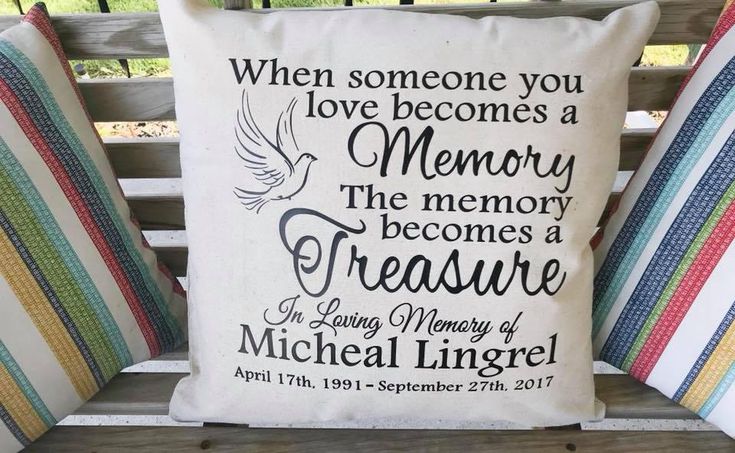
Alzheimer's disease is a disease that occurs due to brain damage associated with metabolic disorders. At the initial stages, memory is disturbed, patients forget what was recently said, why they left the house, what they wanted to buy in the store, etc. As a result, they experience difficulties in housekeeping, in the workplace. Reminders don't always help them. Often, patients attribute memory impairment to absent-mindedness or overwork and do not go to doctors, although it is at the first stage of the disease that effective drug therapy is possible. Patients may change their behavior, they may become irritable, show aggression. At this stage, patients can still perform daily self-care activities. In the future, the understanding of someone else's speech is disturbed, gradually the person forgets everything - the place of birth, the names of his children, ceases to recognize familiar people, household items, gets lost in public places. Patients do not find the right words, often replace them with others, sometimes close in meaning, sometimes not. Instead of words, their fragments are often pronounced, syllables are rearranged, the vocabulary is depleted. There comes a pronounced stage of the disease, when patients can no longer cook their own food, do their usual homework, and shop. Personality traits are erased, patients differ from one another only in the severity of disorders. Frequent symptoms are aimless wandering and vagrancy, more often at night (patients often leave home because they are not understood). Misunderstanding of the patient by relatives can be expressed in patients in tears, in malice, verbal or physical aggression. Short-term hallucinations, psychomotor agitation are possible. Patients become sloppy, untidy. In the advanced stage, patients are inactive, completely dependent on the people caring for them. The patient cannot give his name, address, does not recognize relatives, familiar objects. Sometimes you may not even recognize yourself in the mirror. The patient experiences difficulties in eating, loses the ability to move, there is a sharp restriction or virtual absence of speech, suffers from urinary and fecal incontinence.

Vascular dementia occurs as a result of vascular damage due to atherosclerosis and hypertension. There is "ischemia" - the necrosis of part of the nervous tissue (including microstrokes, which can occur almost imperceptibly, manifest, for example, only with a severe headache). With vascular disorders, patients complain of dizziness, tinnitus, headaches, sensitivity to changes in atmospheric pressure. Initial manifestations can occur as early as the age of 50, sometimes even earlier. At the advanced stages, personality changes occur - incredulous people become intolerably suspicious, irritable people become openly malicious, careless people become thoughtlessly lightweight. The danger is excessive gullibility, when they can fall under the influence of others because of their gullibility, suggestibility. Those who were stingy and suspicious in the past may develop delusions of persecution, delusions of damage - “they want to poison with gas”, “neighbors rob”, “relatives want to take possession of my apartment”. People who in the past were prone to anxious self-observation, depressive reactions often develop depression. The patient becomes emotionally unstable - he cries, and then laughs in conversation, often anxious, confused, sentimental. Sleep is often disturbed - it becomes shortened, the "sleep-wake" rhythm is lost, sleep becomes intermittent at night, and during the day the patients are in a semi-drowsy state. Patients can easily have fears - fear of "stroke", "cancer", etc. In the future, such a symptom as "confusion" may occur, when the patient cannot understand where he is and even who he is. At night, motor anxiety is possible - he gets up, wanders around the apartment, touches sleeping people, sorts out objects that come under his arm, mutters something. In this state, he can open the gas, the front door, water. In the advanced stages, people experience an almost complete loss of memory for the events that are happening to them now. Patients at this stage can say that they “went to work” yesterday, that their parents are alive and “live with them”, that is, memories from the past replace the events that actually happened to them.
People who in the past were prone to anxious self-observation, depressive reactions often develop depression. The patient becomes emotionally unstable - he cries, and then laughs in conversation, often anxious, confused, sentimental. Sleep is often disturbed - it becomes shortened, the "sleep-wake" rhythm is lost, sleep becomes intermittent at night, and during the day the patients are in a semi-drowsy state. Patients can easily have fears - fear of "stroke", "cancer", etc. In the future, such a symptom as "confusion" may occur, when the patient cannot understand where he is and even who he is. At night, motor anxiety is possible - he gets up, wanders around the apartment, touches sleeping people, sorts out objects that come under his arm, mutters something. In this state, he can open the gas, the front door, water. In the advanced stages, people experience an almost complete loss of memory for the events that are happening to them now. Patients at this stage can say that they “went to work” yesterday, that their parents are alive and “live with them”, that is, memories from the past replace the events that actually happened to them.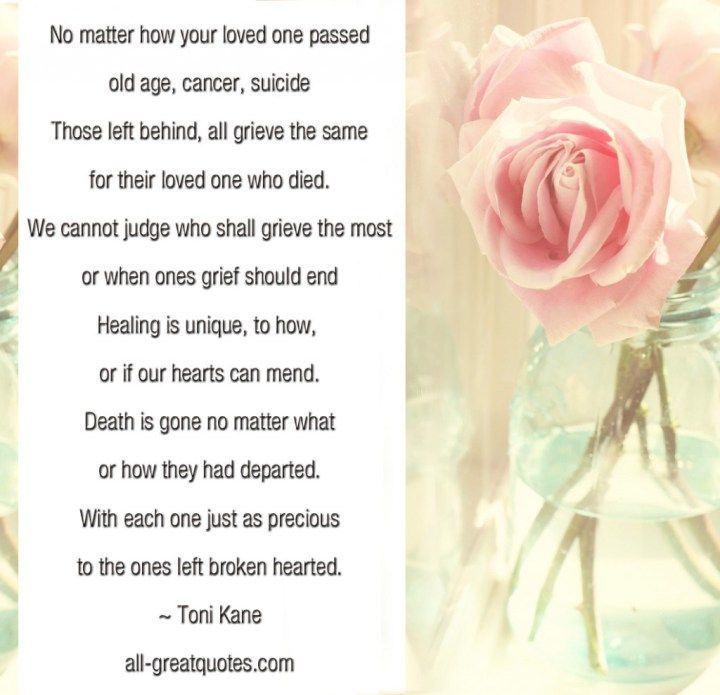 Patients cease to recognize others, the meaning of speech is violated.
Patients cease to recognize others, the meaning of speech is violated.
The following are practical tips for communicating with a relative with dementia:
- Try to be positive in your interaction with the patient: Talk to your sick relative in a pleasant and polite tone. Use facial expressions, voice timbre and tactile contacts to convey information and tender feelings.
- Communicate with the patient in a caring, but at the same time confident and clear tone.
- When speaking with the patient, limit exposure to distractions and extraneous noise. Before speaking, get the patient's attention: address him by name, identify your personality and relationship (degree of relationship) with the patient, use non-verbal signs and touch to keep his attention.
- State your message clearly. Use simple words and sentences. Speak slowly, clearly, in an encouraging tone.
- Ask simple questions that are easy to answer. Ask one question at a time; The best one is one that can be answered "yes" or "no".
 Refrain from asking difficult questions or providing too much choice. If he's working on an answer, it's natural to give him a hint.
Refrain from asking difficult questions or providing too much choice. If he's working on an answer, it's natural to give him a hint. - Be patient with the patient and give him time (perhaps a few minutes) to react or answer a question.
- If necessary, repeat important information, possibly more than once.
- Try to help the patient remember specific data (time, place, names of acquaintances and relatives).
- Be understanding, even if sometimes it is difficult, and try not to get angry with the patient if he cannot do something, or misbehaves, since his behavior, like memory impairment, is a manifestation of his disease.
- Try not to react to reproaches and reproaches.
- Praise can achieve more than criticism. With the correct behavior of the patient, praise can be expressed in words, touch or smile.
- Respond with love and encouragement in your voice. People with dementia often feel embarrassed, anxious, and insecure. In addition, they often distortedly see the reality around them, in particular, they can remember things that never took place in real life.
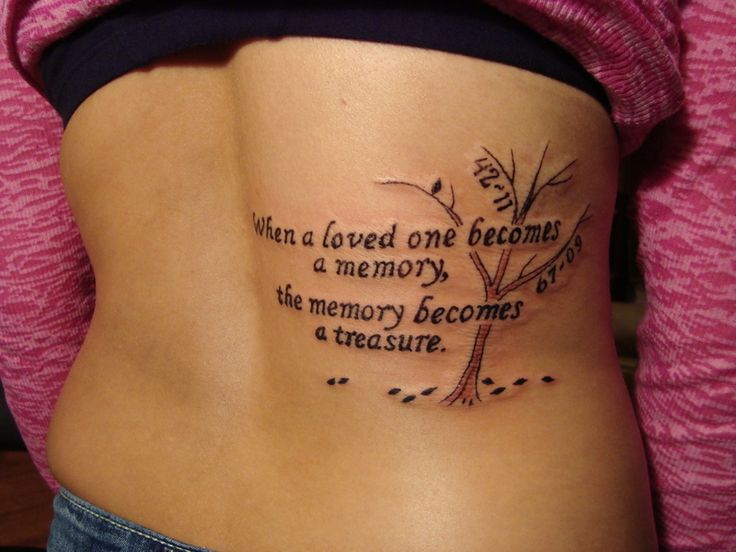 Avoid convincing them that you are wrong. Often, nothing helps establish rapport as effectively as a touch, a handshake, a hug, and praise.
Avoid convincing them that you are wrong. Often, nothing helps establish rapport as effectively as a touch, a handshake, a hug, and praise. - Break the action into a chain of successive steps. You can inspire a person to complete a task within their power by gently reminding them of what they must do in the sequence of steps required to complete the task. Thus, you help him to do what he more, due to his condition, can not cope on his own. The use of visual cues can be very helpful, such as pointing with your hand where to place your soup bowl.
- If reaching the goal becomes difficult, distract the patient and set another goal for him. If the patient is upset, try a change of occupation. For example, ask him for help or offer to go for a walk.
- Remember the good old days. Remembering the past is often a soothing and life-affirming activity. Many people with dementia cannot remember what happened 45 minutes ago, but they clearly recall events from 45 years ago.

- The patient needs stimuli for mental activity that do not require excessive effort from him, and he especially needs an interlocutor.
- Take care of the invariability of the patient's daily routine.
- Simple rules and firm habits are of great help to all older people, and especially those with dementia.
- Concomitant diseases (high blood pressure, diabetes mellitus, thyroid pathology, and others) must be diagnosed and treated in a timely manner - this is also the task of those who care for the patient.
- Very important for the elderly: good nutrition and adequate fluid intake, as well as regular movement.
Please note that in the early stages of a memory disorder, such as a diagnosis of Alzheimer's disease, people may feel some discomfort with excessive family care. Therefore, assistance should meet the needs of the patient and be aimed at maintaining the activity and independence of the patient.
Advice for loved ones of a patient with Alzheimer's disease:
- Create the feeling that you are always there.
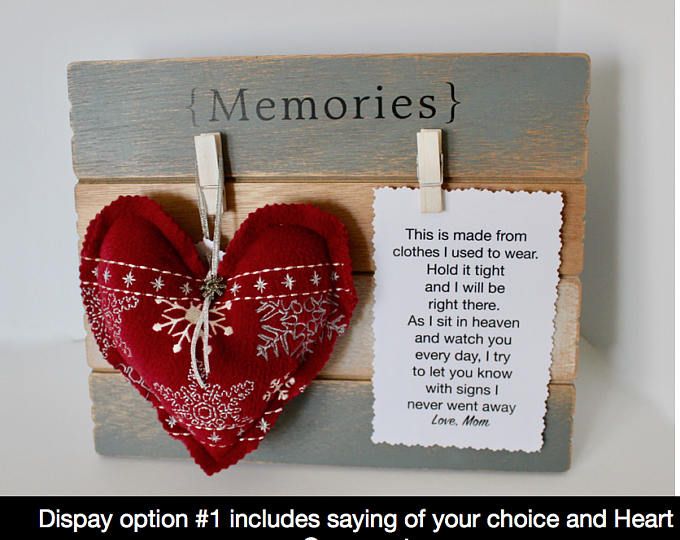 Call, come visit - it means a lot to the patient
Call, come visit - it means a lot to the patient - Avoid situations that reduce self-esteem. Focus the person's attention on those actions that he manages to perform on his own.
- Take care of the little things. Bring something tasty, run to the post office, etc.
- Be very clear and concise in your offers of help. Distribute responsibilities in the family, make a list with areas of responsibility for each of its members.
- Seek to know more about Alzheimer's disease, what are the manifestations of the disease and how to respond to them.
- Try to get each member of the family involved in joint activities. Formulate feasible duties for the patient when organizing joint events.
- Be an attentive listener. Try to understand and accept what the patient says.
- Encourage a healthy lifestyle. Give practical advice on the implementation of the daily regimen, health-improving exercises and proper nutrition.
In case of high risk factors for vascular dementia (atherosclerosis, previous strokes, hypertension), it is necessary to pay attention to the implementation of doctors' recommendations, control of blood pressure levels, and regular preventive courses of treatment.

